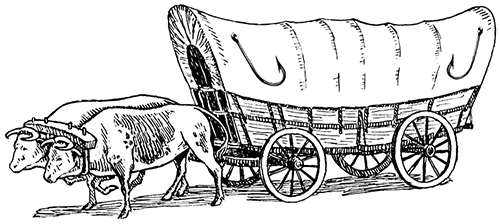The book trailer: that rare and infamous chimera that prowls the lush, creeping undergrowth at the peripheries of the literary world, surfacing without warning from social media and blog feeds to pounce upon unwary readers. Like many emergent trends and technologies in reading, the appearance of book trailers on the scene has provoked a great fury of speculation and chatter about the future—or lack thereof!—of boring old books. Are choice excerpts, attractive covers, and glowing reviews from respected literati no longer enough to capture the attention of potential readers? Can it be that a day is coming when books will be primarily announced and discovered (alongside triple-decker cheeseburgers and dandruff shampoos) via formulaic, built-to-go-viral televisual commercials?
However much stock you put in the idea that book trailers are cheapening traditional literature, it’s hard to deny that, in the abstract, they’re really pretty interesting. For one thing, nobody’s really sure whether they actually have a positive effect on book sales or public awareness of upcoming titles. This is mainly because, as a new and experimental publicity strategy, video trailers are deployed alongside a whole arsenal of more conventional marketing tools. Even more interesting is the radical diversity of the types of trailers to be encountered. Unlike movie trailers, which these days tend to look and sound virtually identical to one another, no single style or structure has yet established itself as the norm for book trailers, so one still never knows quite what to expect.
Ooligan has produced trailers for several of our own titles over the past few years, and it’s refreshing to see that stylistic and strategic diversity on display even in such a small sample:
- We promoted 42 (M. Thomas Cooper, 2008) with a classic example of a teaser trailer. This twenty-four-second bricolage of enigmatic imagery and stirring blurb excerpts is designed to leave the viewer intrigued and hungry to learn more.
- The Oregon Book Award–winning Blue Thread (Ruth Tenzer Feldman, 2012) was treated to a slightly more elaborate affair we might call a synopsis trailer. In order to avoid the sort of monotonous overexplanation that leaves some trailers feeling more like PowerPoint presentations, Blue Thread‘s trailer makes clever use of silent-movie title cards and period footage to keep things light and lively.
- Probably our most impressive trailer yet, this bit for Close is Fine (Eliot Treichel, 2012) is complete with genuine actors, an epic soundtrack, enthusiastic blurbs, and wanton destruction!
As you can see, we’ve come progressively nearer to the fuzzy line between straightforward promotional material and the kind of cross-platform translation of ideas that can sometimes produce genuinely original content. Mixed feelings about the effects and value of book trailers continue to swirl among Ooligan’s ranks, and it seems unlikely that they’ll become a major element of our standard practices anytime soon—but they sure can be a lot of fun.
Educational bonus: Did you know book trailers have actually been around since the 1980s? Check out this priceless trailer for Gothic horror paperback Wildwood (John Farris, 1986)—”guaranteed to turn the blood to gelatin!”

